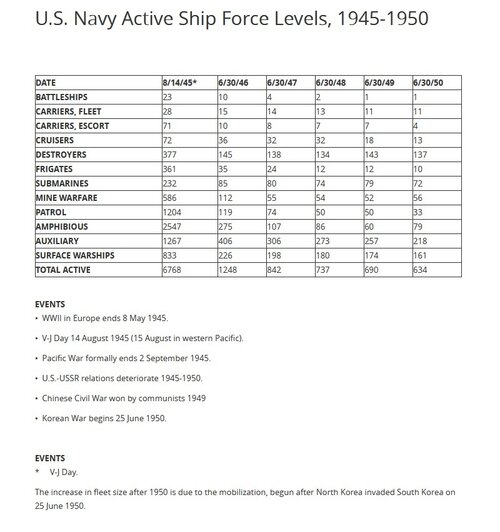Small carrier projects become more viable. The issue with steam cats has always been the need to divert steam from propulsion to the cats to launch aircraft. This slows the ship down. In the Essex class, they would drop from 31 knots all the way down to 19 knots during flight operations. The Midway class would drop from 31-32 knots down to 23. Even the Nimitz class loses speed during flight operations (the exact amount is classified, but it's believed to be down into the neighborhood of 25 knots). With an IC cat, the ship can still deliver its full flank speed, giving you a bigger range of conditions that you can launch in.
For American carriers, that was, mostly, an annoyance. Their ships were big enough, fast enough and with powerful enough catapults that it rarely mattered. The Navy still didn't like it, but they could live with it. The big thing it changes for them, is what it means for the Essex and Midway classes. With C14s in place of their C11s, there isn't a plane in the Navy's inventory that they can't launch at their full up weights. Long term, it doesn't mean that much for those two classes though since they were more limited by their hanger height combined with their limited fuel and aviation ordinance storage than they were by their catapults. They'll make launching in hot and humid conditions safer and easier, but they won't really change how the two classes are operated. Beyond giving them some more flexibility in how the Navy views them (think things like being more willing to divert a Phantom or Tomcat or Vigilante to an Essex or Midway if needed, whereas in OTL, that was only done in extremis).
It might mean the Navy invests more in nuclear escorts though. Since now, the carrier won't be slowing down during flight operations. That means more sustained speed will be needed from the various escorts. Instead of a burst to 30+ knots, they're gonna need to keep it up for a couple hours. That's a lot of extra fuel being burned.
For navies with smaller carriers, though? The C14 is a game changer. It could launch heavier aircraft at faster speeds than any British supplied catapult could even dream of. Ships like 25 de Mayo could have reliably launched Etendards and Crusaders (if Argentina had been allowed to buy them). Melbourne could have flown Crusaders and Corsairs instead of payload limited Skyhawks. Hermes could have launched Phantoms with regularity. Foch and Clem could have operated anything the French wanted them to, and then been sold on to other navies to fly aircraft like F/A-18s off of.
Longer term, it strangles the STOVL carrier in the cradle. With no need for steam to operate the catapults, and with the cats themselves being more powerful on a foot-to-foot basis than an equivalent length steam cat, smaller navies like Italy and Canada could operate smaller CATOBAR decks instead of the OTL choice of Harrier Carrier or nothing.
 www.globalsecurity.org
www.globalsecurity.org





